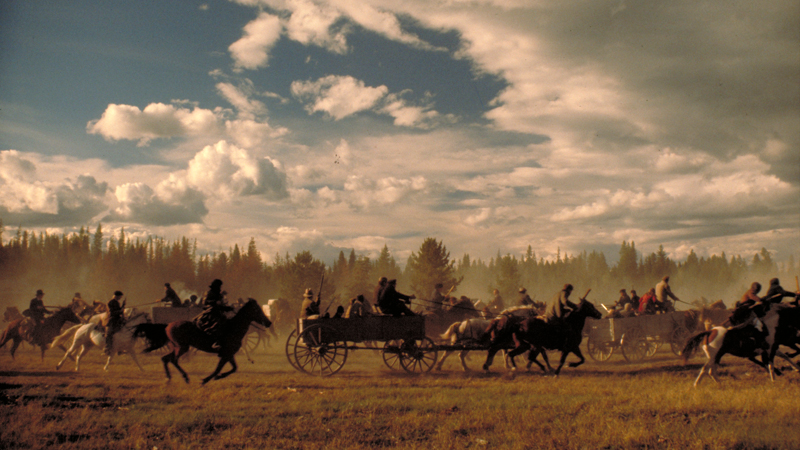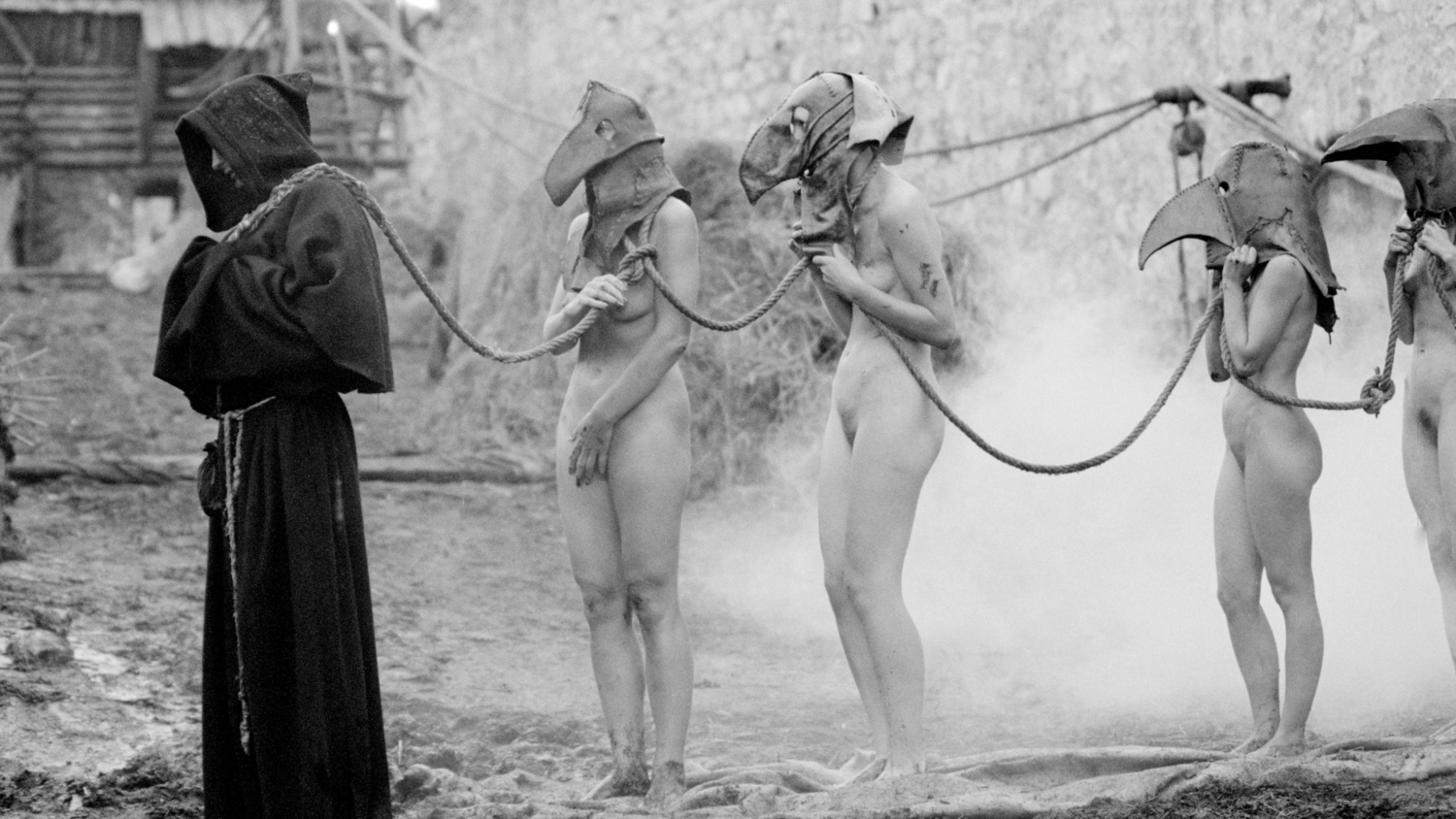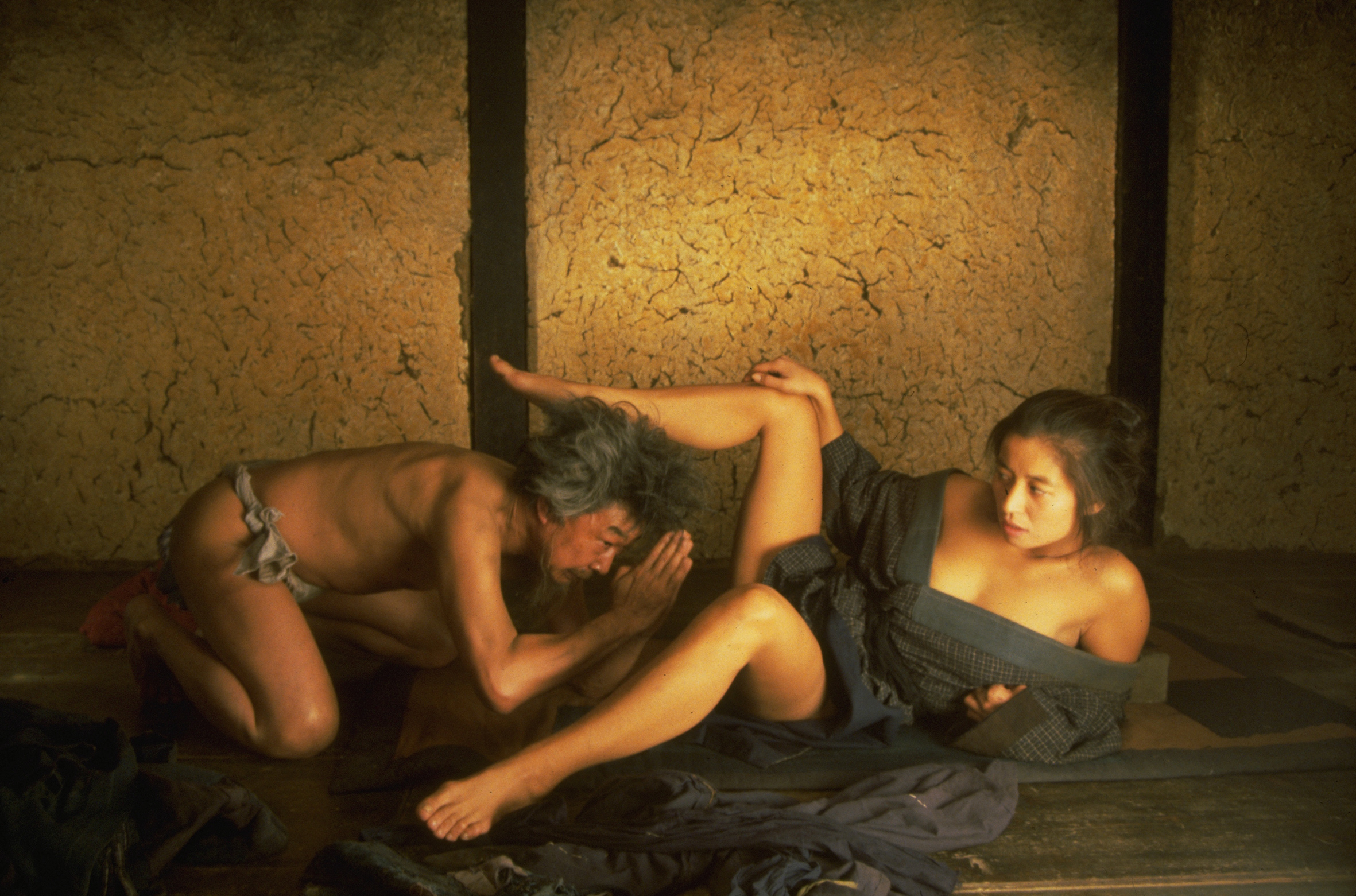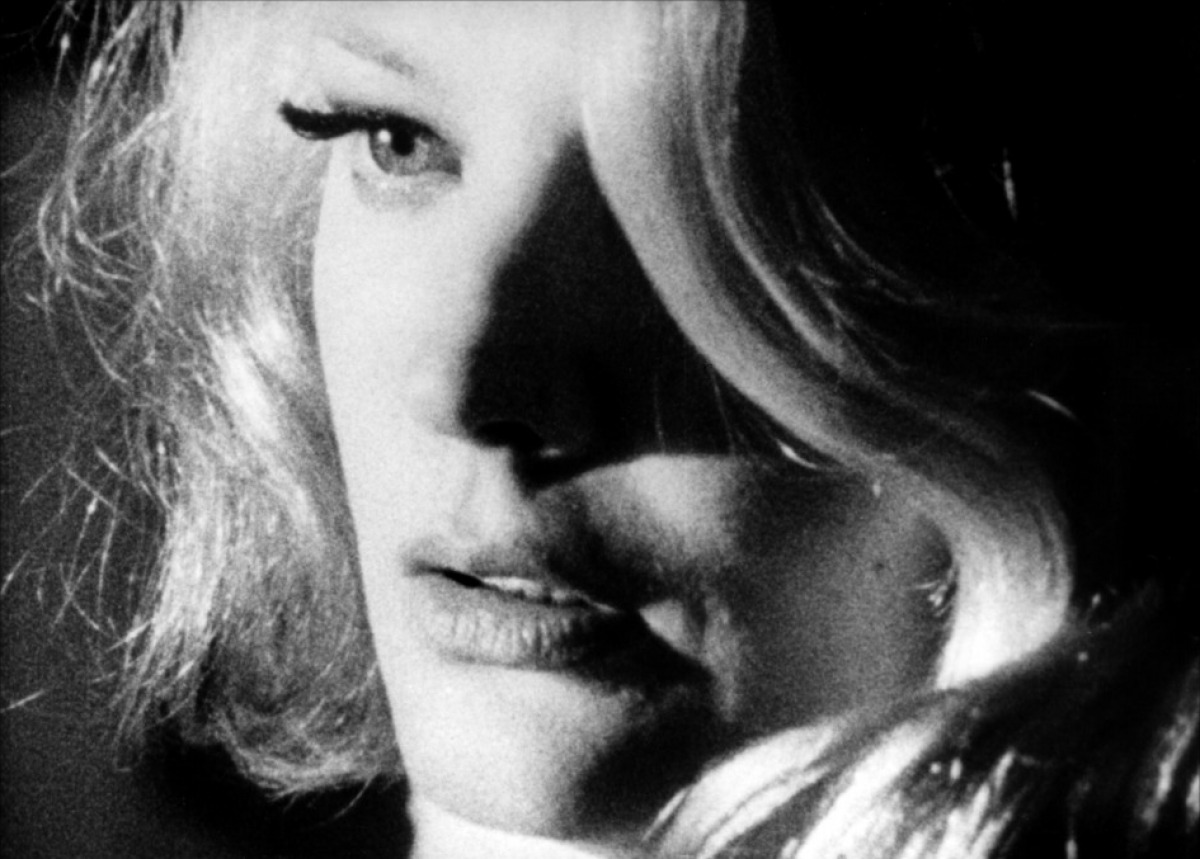Steven ‘The Butcher’ Soderbergh Part 2 – Heaven’s Gate
 Welcome to the second part of a series on Steven ‘The Butcher’ Soderbergh, wherein I take a look at Steven Soderbergh‘s online video releases. Throughout these features I will not only look at the way in which these films do, or do not, work but also try to understand Soderbergh’s possible motivations.
Welcome to the second part of a series on Steven ‘The Butcher’ Soderbergh, wherein I take a look at Steven Soderbergh‘s online video releases. Throughout these features I will not only look at the way in which these films do, or do not, work but also try to understand Soderbergh’s possible motivations.
In April of 2014, Steven Soderbergh posted a video to his site entitled Heaven’s Gate: The Butchers Cut. By way of explanation he also shared a definition of obsession, a list of synonyms for the word and the following explanation, signed with his editing nom-de-plume Mary Ann Bernard,
As a dedicated cinema fan, I was obsessed with HEAVEN’S GATE from the moment it was announced in early 1979, and unfortunately history has show that on occasion a fan can become so obsessed they turn violent toward the object of their obsession, which is what happened to me during the holiday break of 2006. This is the result.
The re-cut film also begins with a confessional title card from Soderbergh that reads,
I acknowledge that what I have done with this film is both immoral and illegal.
but what he has done is also interesting and impressive.
Of all the films that have been meddled with and released in heavily compromised edits, Heaven’s Gate may be perhaps the most famous. This position is no doubt underlined by the film’s reputation as ‘the film that sunk a studio!’, ‘the biggest bomb of all time!’, ‘a disaster!. Such ridiculous and hyperbolic descriptions have followed it since its – first – release in 1980.
Following a screening of a 325 minute workprint to United Artists executives, director Michael Cimino set about cutting the film down to a length that they could more easily release. This led to a limited run in New York of a 219 minute version that has frequently been referred to as the ‘director’s cut,’ even while Cimino himself has suggested he was still not one entirely happy with.
The film was then pulled from cinemas, its wide release date postponed and it was again drastically cut down by Cimino, this time to just 149 minutes, once more at the behest of United Artists.
This far shorter version is the one that ultimately received the wide release and many negative reviews. Thanks to the Z Channel and a number of critics who later reassessed Cimino’s work, the 219 minute version began to be seen more and more frequently, and in 2012, the director was eventually afforded an opportunity to head back into the editing room and make a few minor changes. This resulted in a 216 minute version that premiered at that year’s Venice Film Festival, and with great fanfare, was soon welcomed into the Criterion Collection.
When Soderbergh took some time to fiddle with this misunderstood masterpiece in 2006 he presumably had no idea that Cimino himself would attempt to resolve the film’s various issues in just a few years, but it does feel somewhat mischievous that he chose to release his cut onto the internet not long after the official 2012 release.
Soderbergh’s edit is just 108 minutes, half the length of Cimino’s final 216 minute preferred cut – which I’ll henceforth refer to as ‘Cimino’s cut’ or simply ‘the original’ – and 41 minutes shorter than even the heavily compromised version that was released worldwide in 1981. And yet, in many ways, it works.
This is a vastly different film to Cimino’s cut and it’s very clear that Soderbergh was trying to achieve something entirely unlike the original director’s intentions, but for the most part he succeeds in delivering a compelling new film built from this familiar material.
The new film opens very differently to the original, beginning not with a lengthy sequence at Harvard in 1870, but instead thrusting us straight into the bleak situation of Johnson, Wyoming and the scene in which Nate (Christopher Walken) kills an immigrant he suspects of rustling.
Then the roar and thunderous clatter of a train – a symbol of modernity – pierces the epic Wyoming landscape and we are introduced to Averill (Kris Kristofferson). This is very representative of Soderbergh’s approach throughout his cut: he trims the film significantly, but keeps in just enough to ensure the basic effect and message remain. It’s a masterful exercise in brevity that Kuleshov would have found thrilling.
Perhaps the best display of Soderbergh’s skills as a highly technical editor come in the film’s impressively re-cut action sequences, in which he manages to remove large sections and trim down shots but without ever losing any sense of spatial coherence. It’s all the more obviously remarkable when you consider that he was working from a finished cut of the film and did not have any of the raw materials or un-edited footage at his disposal. Soderbergh couldn’t any new shots, and was also at the mercy of the already fixed sound mix and score.
There are a number of traps that await anyone who wishes to drastically edit any film, particularly when it comes to handling moments that are deliberately intended to have a pay off later on in the film. But Soderbergh states up front how much of a devoted – and obsessed – fan he is of this film, this seems to have helped him avoid these kind of tricky scenarios. Soderbergh identifies, for instance, the importance of the scene in which Nate shows Ella (Isabelle Huppert) the wallpaper he has hung – which is actually just newspapers – because of the emotional resonance then achieved when it burns during Nate’s death.
But there are some impossible holes in Soderbergh’s way, especially in regards to engaging with the characters’ relationships. For instance, when we first see Averill and Billy (John Hurt) together, it is at the board meeting in which the ‘death list’ is brought up. In this edit, the scene comes without there first being any established dramatic depth that would enhance our emotional engagement with these central characters. Seeing Billy drunk and failing is rendered nowhere near as heartbreaking as in the original, and the interactions between the two old friends just don’t carry the weight that once made the scene work. Now it’s just something more perfunctory, a scene that simply provides exposition.
One reason we don’t understand the relationship yet is because Soderbergh made the decision to move the Harvard sequence, which opens all other versions, to the end of the film. In placing these scenes at the resolution, getting to see Averill and Billy together, happy and carefree, creates an incredibly bittersweet and emotional ending.
So there has been a dramatic cost to the rendering of Averill and Billy’s relationship earlier in the film, but still a huge gain made, overall, by displacing the Harvard scenes to the end. I was rather surprised to find myself welling up during this sequence, and I had never found myself crying at the end of any version of this movie before.
Though unfortunately restricted by the available materials, Soderbergh does play around with the score a little in this final section, moving between 1890 and 1870 with a cut and the continuation of the film’s main theme. The music plays over the young men in Harvard as they smile and talk to each other, overwhelming their words. This really brings home the bittersweet, and underscores our awareness that Billy is ‘now’ dead and Averill has seen so much death and sadness that he is very much a changed man.
This scene is also concerned with the class divide and brings this theme into very sharp focus. By moving this material until the end, Soderbergh has made it instrumental to the overall shape and meanings of Heaven’s Gate in a new way; whereas these themes were once lodged in the back of the mind early, and left to hang out quietly, Soderbergh now leads the audience to reflect on the same themes at the conclusion, almost as if they are a summation, or at least key to resolving the film’s dramatic and thematic arcs.
Soderbergh’s experiment in cutting down Heaven’s Gate to a very lean 108 minutes may not be a complete success, but it’s really remarkable how well his version does work, and how many elegant solutions he presents to the problems that must have revealed themselves as he trimmed, hacked and slashed at his beloved film.
Cimino’s beautiful and elegiac 216 minute cut on Criterion’s Blu-ray sits on my shelf and is the version that I will continue to return to again and again, but I also know that I will find myself returning to Soderbergh’s cut every now and again too.
You can stream Heaven’s Gate: The Butcher’s Cut on Soderbergh’s website.





